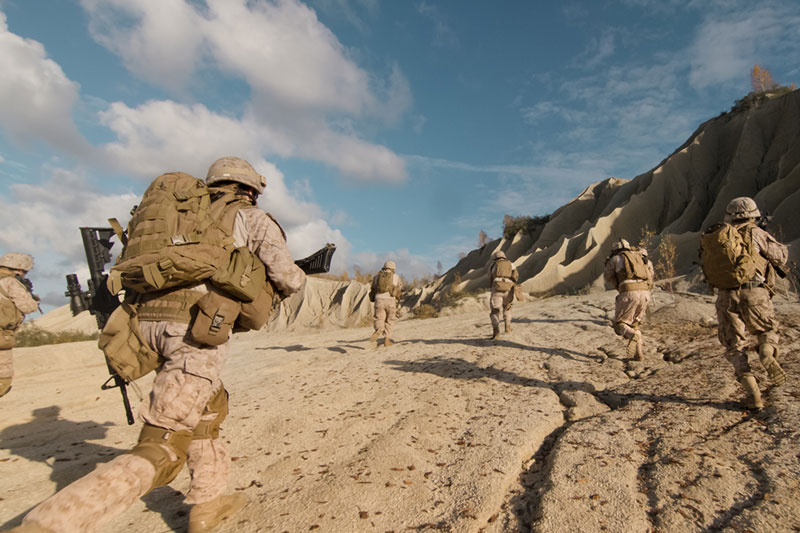According to recent analysis by the Center for New American Security (CNAS), the war on Terror might soon be escalating. They argue that, in order to continue the battle against the Islamic State to block Iran’s attempt to carve out a corridor of influence and control connects Tehran to the Mediterranean; the US may need to occupy Syria.
The report, jointly produced by the Carnegie Endowment and CNAS was released on Thursday ad recommends that United States collaborated with its coalition partners and allies to leave the troops at the location of Al- Tanf, a strategic Syrian border that crosses the Jordan and Iraq, in order to cut off the Iranian attempts to use this as a strategic route.
The report explains that in northern Syria, American troops should leverage and strengthen its existing ties to Kurdish separatist forces and militias in order to prevent Iran from shipping the weapons into the country. This is necessary as Iran routinely sends weapons to the Bashar al-Assad regime and Hezbollah terrorist groups operating across the Syrian and Lebanese border.
Iran has also been racing against the U.S. backed forces to expand areas of influence across the war-torn middle east – especially in Iraq and Syria. Iran hopes to maintain communication lines and further ease their movement of their forces and Iran-allied militias, including those of the Iranian Revolutionary Guards, Hezbollah and the other Shia militants present in the region. The “land bridge” as they call it, would leverage the Iranian power in the region and would give its troops the maximum flexibility and enhanced diversified supply routes.
Hence among the particular interest is the border that crosses between Anbar and the Deir Ezzor provinces as the territorial fights against the Islamic states finally enter its last phase.
The report further states that the American-backed forces would effectively cut off the Iran’s planned corridor if they retake the territory from the ISIS. Even if the Iranian proxies are to arrive in the region first, the report predicts that the terrain would remain to be “highly inhospitable” for the Shia militant groups.
The report also warns that the United States would not be able to fully block the Iranian movements through Syria even if it follows through on all of the recommendations because of the series of power voids that are present throughout the country.
“Security vacuums plague eastern Syria and will continue to for years to come, and in that environment Iran will find opportunities to increase its influence and move materiel and personnel,” the report stated.
The Iraqi Prime Minister Haider al-Abadi has said that he would support maintaining U.S. troops to support the Iraqi forces in the country after the ISIS operations come to its end.
Whereas the Sunni and Kurdish forces have also expressed a similar support for the American forces to remain in the region after ISIS. They view U.S. troops as a way to uphold the security and would reduce the Iran’s Shiite influence in Iraq.























